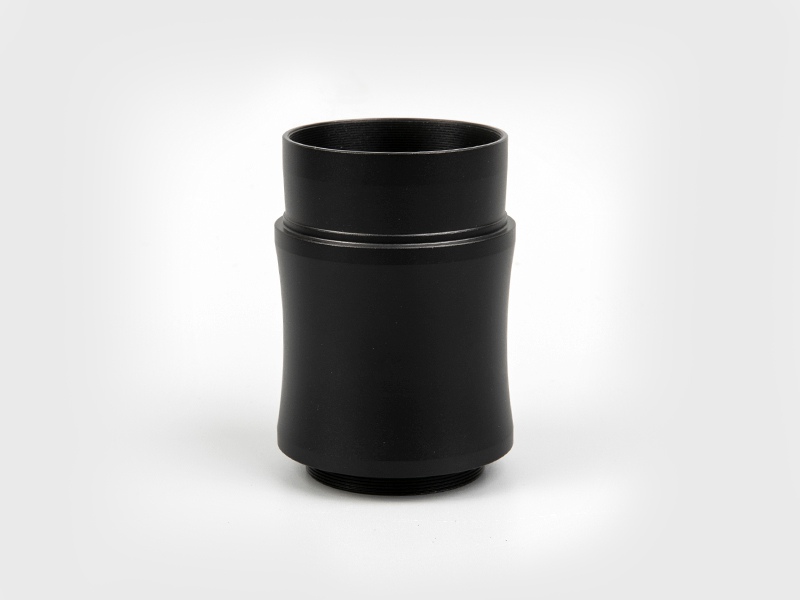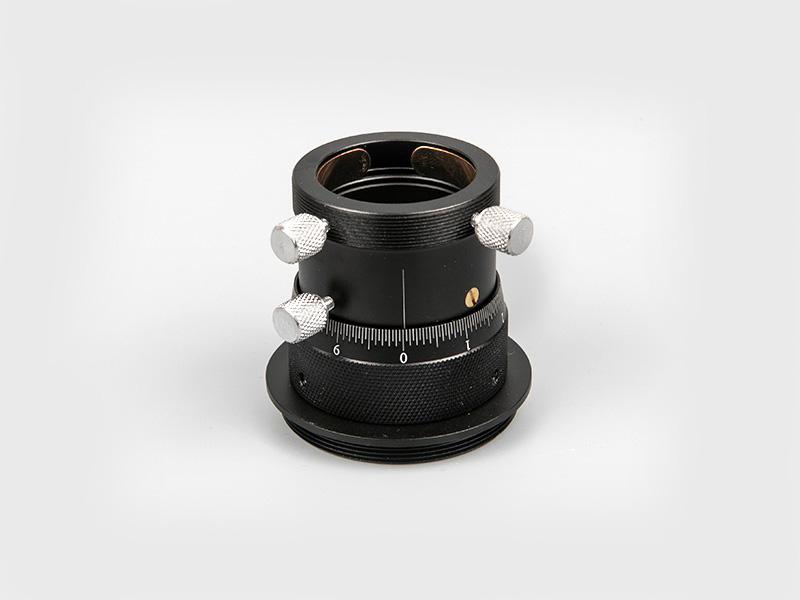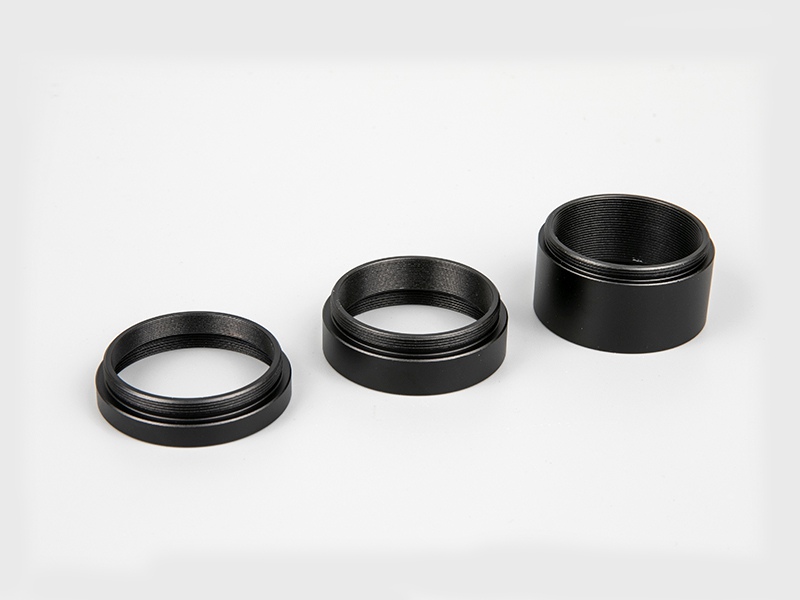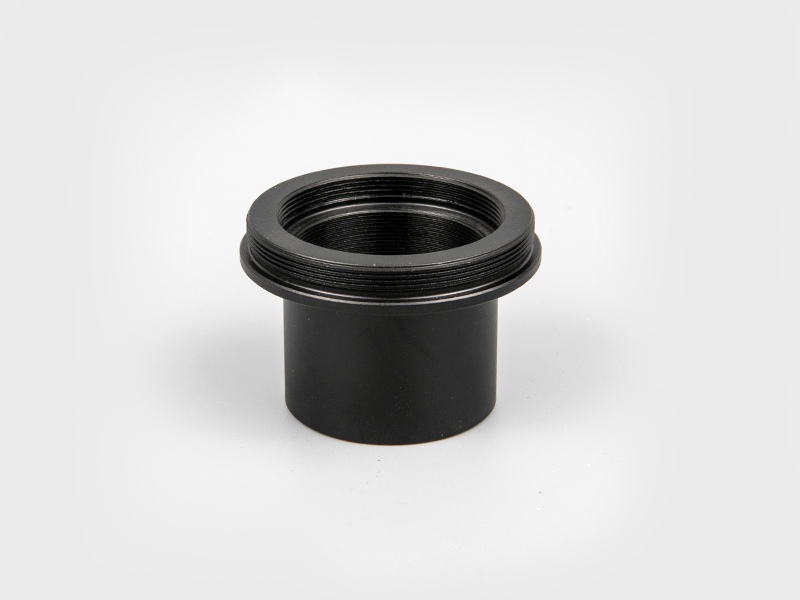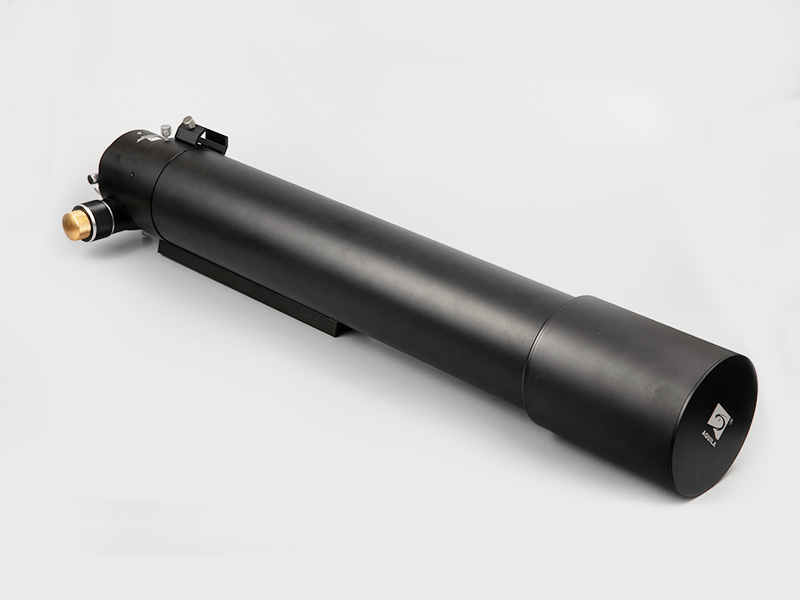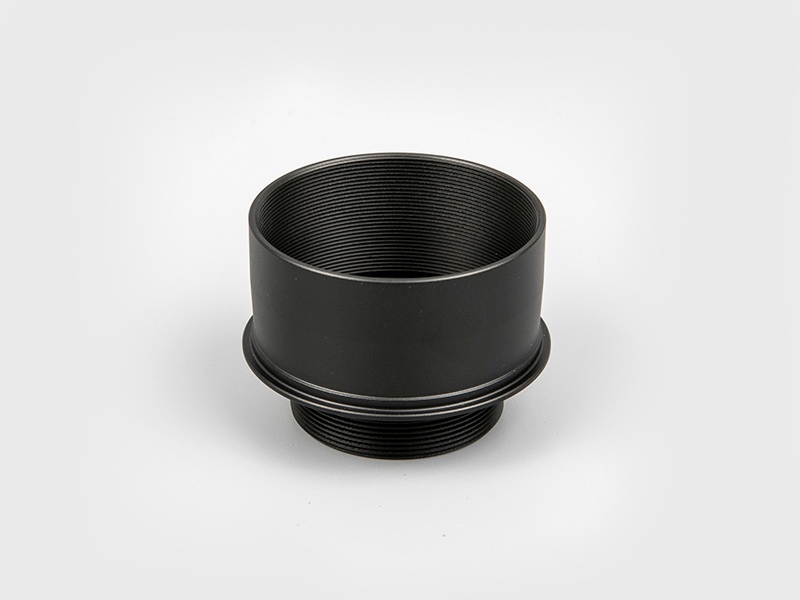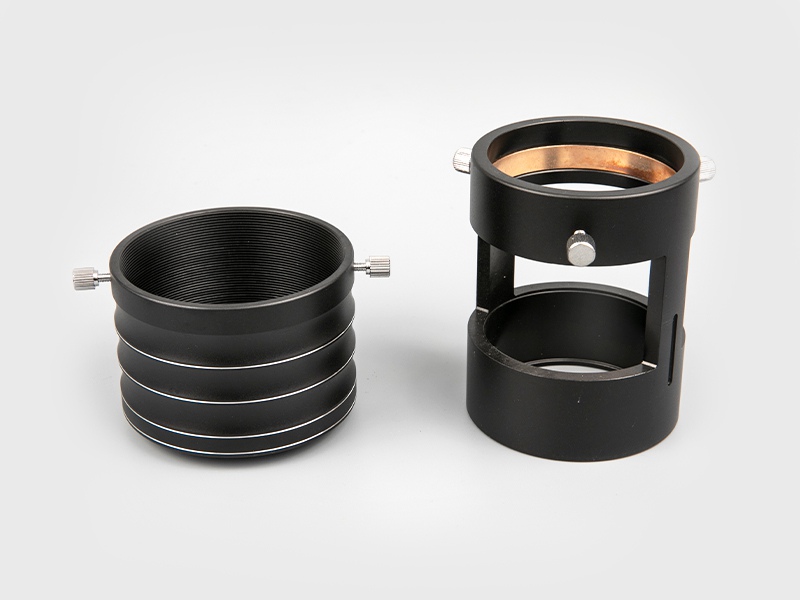There are two types of telescope brackets: horizontal type and equatorial type. Horizontal type brackets are generally cheaper, lighter, and more convenient for transportation and debugging. But when you need to track celestial bodies automatically, the horizon-level bracket is too powerful. Although the telescope automatically controlled by a computer (such as MEADE's LX200 series) can automatically track when the horizon is level, the entire field of view will go around. The center of the field of view rotates, so astrophotography cannot be performed. Therefore, the equatorial mount (also known as the equatorial mount) is a necessary equipment for tracking astronomical photography. No matter which type of support is selected, its stability is the most important. The poorly stable horizontal and equatorial supports bring great troubles to observations, especially focusing and star finding, making astronomical observations more enjoyable. discount. A high-quality camera tripod is often easier to use than the bracket that comes with ordinary telescopes. The maximum load is usually given in the manual of the camera tripod. However, because the lens barrel of the telescope is much longer than that of the camera, it is better for the tripod. The torque of the gimbal is also much larger, so it is ideal to choose a tripod with a maximum load that is about twice the weight of the telescope. There are two disadvantages of using camera tripods for telescopes. One is that the price is relatively high. A set of tripods and gimbals like Manfrotto cost at least 1,000 yuan; the other is that the camera tripods have no micro-movement mechanism, so it is very difficult to find stars. It is inconvenient. There is a kind of micro-motion head in the foreign market, which can be solved by adding it to the head of the tripod. Unfortunately, it is not easy to buy in China.
For astrophotography, the equatorial mount is sometimes more important than the telescope itself, because the telescope is sometimes only used for guiding stars, and the tracking and stability of the equatorial mount is directly related to the quality of the photo.
The eyepiece plays an important role in the optical performance of the telescope, and it is no less important than the objective lens of the telescope during visual observation. The main parameters that determine the performance of the eyepiece are focal length, field of view and exit pupil distance. The ratio of the focal length of the telescope objective lens to the focal length of the eyepiece is the magnification, so the focal length is the most important parameter that characterizes the performance of the eyepiece. The field of view of the eyepiece determines the field of view of the telescope, (the field of view of the telescope = the field of view of the eyepiece ÷ the magnification). The field of view of the general microscope eyepiece (Huygens type, 2 elements, 2 groups) is only about 30 degrees. The eyepiece not only has poor aberration correction due to its simple structure (especially chromatic aberration), but also because the field of view is too small, it feels like looking from one end of the chimney to the other during use. The current standard eyepieces (such as Plossl and OR eyepieces, 4 elements in 2 groups) have a field of view of 40-50 degrees, while wide-angle eyepieces (usually more than 6 elements) have a field of view of more than 60 degrees, and some can reach 84 degrees. The feeling of watching the sky through the eyepiece is very wonderful, especially at low magnification, it feels like a space walk. The exit pupil distance refers to the distance between the observer's eye and the eyepiece of the eyepiece when the entire field of view can be seen clearly. The exit pupil distance directly determines the convenience and comfort of observation. An eyepiece with a moderate exit pupil distance (such as 15-20mm) will bring a lot of convenience to observation, especially for observers who wear glasses, who can see the entire field of view clearly without taking off their glasses, which is even more important for people who wear astigmatism. Important, because even if they take off their glasses and refocus, they cannot see a clear star image. For the same eyepiece, the exit pupil distance is generally proportional to the focal length. Too short the exit pupil distance is not good, but it will also bring inconvenience when it is too long. When the author uses the Plossl eyepiece with a focal length of 40-55mm, because the exit pupil distance is too long, the eyes have to move back and forth to find a suitable position. Later, the problem of eye masks was specifically designed for them.
A telescope should usually be equipped with multiple eyepieces in order to be combined into a variety of magnifications. First, it should be equipped with a low-magnification, large-field eyepiece for observing large nebulae and star clusters with low surface brightness. At the same time, high-magnification eyepieces can also be used. When you find the target first, it will be the most used eyepiece. The magnification of this eyepiece should be 2-3 times the diameter of the telescope in centimeters. For telescopes with a relatively small aperture, a Plossl eyepiece with a focal length of 40-55mm (field of view about 40 degrees) is sufficient, but when the relative aperture is large It is best to choose a wide-angle eyepiece with a shorter focal length (field of view>60 degrees). Medium magnification eyepieces are mainly used to observe deep sky objects such as nebulae and star clusters. The typical medium magnification is 5-10 times the diameter of the objective lens in centimeters. High magnification is mainly used for observing planets, double stars, dense nebulae and star clusters, etc. A high-quality objective lens (such as a 10cm APO refractor) should allow the use of a magnification of 25 times its aperture centimeters without significantly reducing the image quality, but blindly The pursuit of high magnification is often counterproductive, because there are few atmospheric conditions suitable for use with a magnification greater than 500 times. As mentioned earlier, the design level of eyepieces has been greatly improved in recent years. It is not difficult to see ultra-wide-angle eyepieces with an effective field of view of more than 80 degrees in foreign markets and high-power eyepieces with a long exit pupil distance.

 English
English 日本語
日本語 Deutsche
Deutsche España
España
